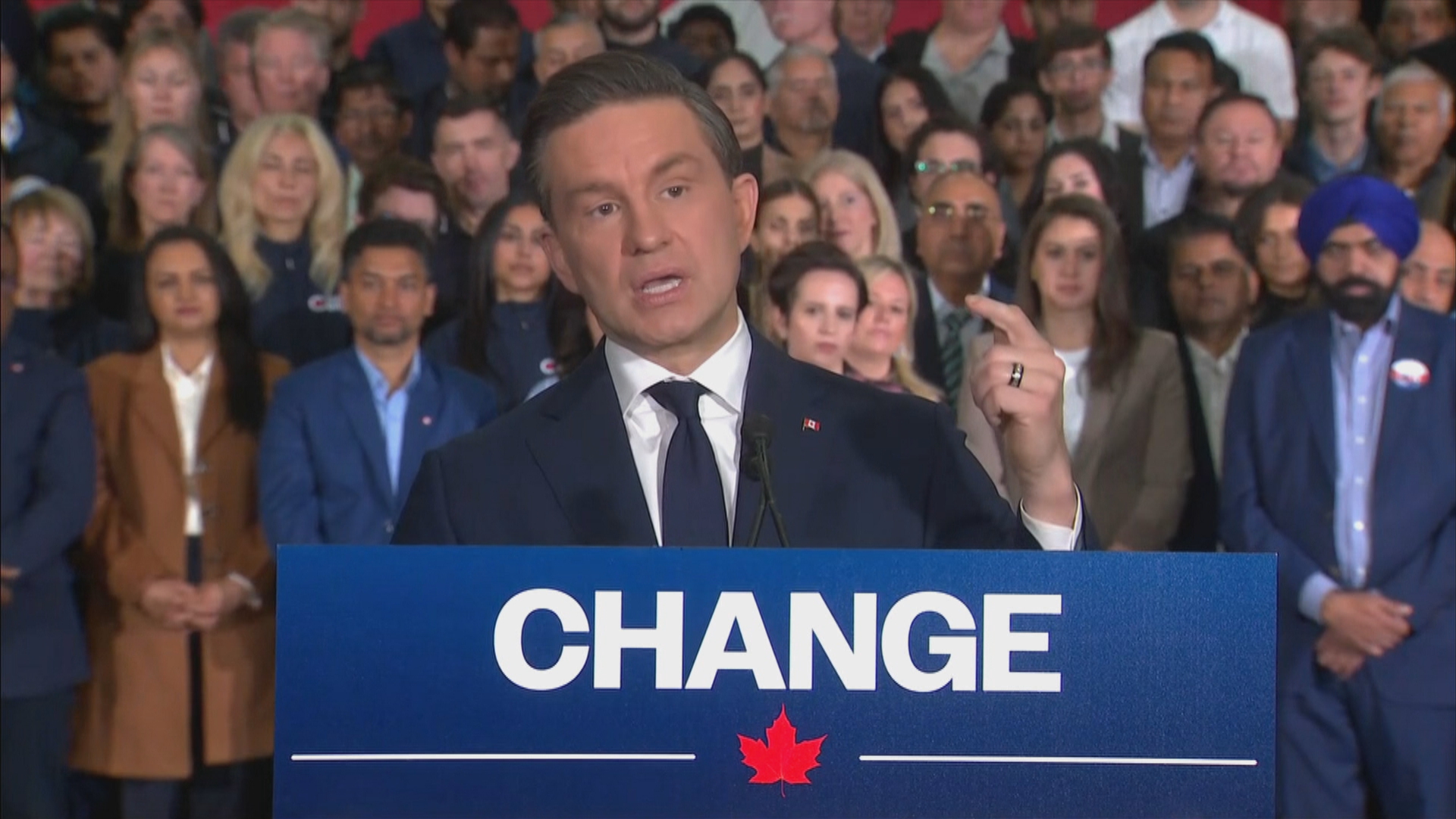23 largest US banks pass annual Fed stress test
The country’s 23 largest banks have passed so-called Federal Reserve stress tests this year, a sign that the country’s banking system remains resilient despite the recent banking crisis that led to the failure of Silicon Valley Bank, Signature Bank and First Republic Bank.
The Fed’s report, published Wednesday, showed some relative weakness among medium-sized and “super-regional” banks, with some passing with a smaller buffer than usual. Those results may raise eyebrows among investors and policymakers.
Fed policymakers also hinted that they could make testing more difficult in future iterations due to the banking crisis earlier this year.
“We must remain humble about how risk can arise and continue our work to ensure banks can withstand a range of economic scenarios, market shocks and other stresses,” said Michael Barr, the Fed’s vice chairman of oversight, in a statement. declaration.
The “stress tests” have become an annual report for the country’s financial system since its implementation after the Great Recession and the 2008 financial crisis. The tests vary from year to year, but generally the Fed tests are conducted to see how big the losses in the banking sector would be if unemployment skyrocketed and economic activity contracted severely.
The Fed has also used current events to determine their scenarios. For example, the central bank has previously tested banks for the possibility of a double-dip recession due to the coronavirus pandemic.
This year’s test suggested a global recession
In the 2023 tests, the Fed assumed a severe global recession scenario that caused a 40 percent drop in commercial real estate prices and a significant increase in office vacancy rates, as well as a 38 percent drop in home prices. In the Fed’s worst-case scenario, the unemployment rate would rise to 10 percent — it’s currently 3.7 percent.
Commercial real estate has long been a concern for investors and banking regulators as post-pandemic work-from-home policies have allowed companies to reduce the amount of office space they need. Many of the banks that have invested heavily in commercial real estate are small to mid-sized banks that have been under some pressure this year.
In this scenario, the 23 largest banks would suffer a combined loss of USD 541 billion and their capital ratios would fall from 12.4 percent to 10.1 percent. That’s similar to previous years, the Fed said.
A bank must have a stressed capital ratio of at least 4.5 percent to qualify for a pass. The collective average was well above that. Failing the test would subject a bank to automatic restrictions on its ability to pay dividends to shareholders and buy back shares.
Dividend announcements are now expected
Banks are likely to begin announcing their plans to return capital to shareholders after market close Friday.
The banks that had the lowest capital ratios in these tests were the medium-sized banks, such as M&T Bank and Citizens Bank, and super-regional banks, or banks with a national presence and more than $500 billion in assets, such as US Bancorp and Truist, while investors have not worried about these banks as much as their smaller peers, it does show how banks that are not considered “too big to fail” struggle with high interest rates and inflation.
According to the Fed’s test, US Bank would have a ratio of 6.6 percent, Truist would be 6.7 percent and Citizens Financial would be 6.4 percent.
The Fed also tested the balance sheets of eight banks with large trading books to see if they could withstand a market shock caused by strong inflation and rising interest rates. The results showed that these banks could withstand such a shock.

;Resize=620)
;Resize=620)
;Resize=620)
;Resize=620)